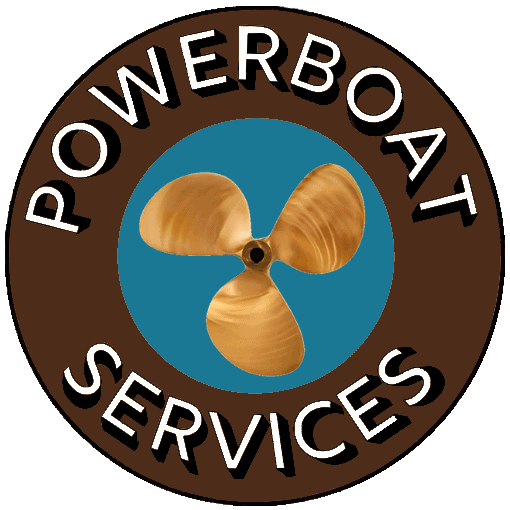Repair Your Outboard
Many times, an older outboard may just need some maintenance to get it back in working order. Ethanol fuels sitting in tanks and fuel lines over winter won’t do your boat’s outboard any favors. As a result, cleaning carburetors/injectors, replacing fuel and fuel lines, changing fluids and filters could be just what you need.
Powerboat Services may receive commissions for purchases made through these links below
Rebuild Your Outboard
If you find that you have lost compression, seized a cylinder, or cracked the powerhead- a rebuilt or remanufactured powerhead might be a good way to go. A newly manufactured or rebuild lower drive unit could also be added to give your outboard a mechanically new build. Remanufactured powerheads typically come with a 1 year warranty.
Using a 150hp Yamaha outboard as a comparison, a remanufactured powerhead block will cost around $4,000 and a new replacement lower drive will be $1,100. None of these comparisons include labor. Contrast those estimates with a new 150hp Yamaha outboard cost of $15,000 + rigging/installation of $3,000.
Figure how long you’ll want to keep your boat, your present budget, and if you need to add more horsepower and efficiency. Unless an older boat has sentimental or collector value, repower costs could easily exceed the value of your present boat/motor/trailer. This may help you decide to fix what you have now, or move on to repower your boat.
Repowering Your Boat
Repowering is a great way to extend the life of your power boat. Yet there’s more to consider than just bolting on your new outboards. Here are some questions to ask yourself, or your boat mechanic, before you repower your outboard boat.
Your boat’s USCG capacity plate will suggest the maximum rated horsepower. If that’s not clear, contact your boat’s manufacturer or manual. Boats perform at their best with the maximum rated horsepower. Plus, you’ll often get the best fuel economy because the engine is not struggling. Any extra horsepower will be used when you need it.
The biggest reason change is unhappiness with your current brand’s reliability or performance. Other reasons could be the service you receive from your local dealer, warranty terms, or manufacturer stability. For example, Evinrude has announced it will discontinue production of its E-TEC outboards. It’s possible that parts and service may be a problem in the future.
Most likely, this will not be an option for you to repower your outboard boat. Changing the number of outboards is very complex. Adding outboards involves lots of fiberglass and structural work to prep the transom. Also, the increased weight of adding another outboard(s) to the stern can add stability concerns.
If the reason you want to go from a single outboard to twins is for offshore safety, that reason is hardly relevant today. Reliability of new outboards is so great, it is not reasonable to purchase 2 outboards in case one would have a fault. Typically, fuel/water, battery or wiring issues are more likely to occur, affecting both engines.
Yes, it’s a good idea to update all the rigging — steering, throttle and shift, cables, electrical harnesses, battery cables, and instruments. Why struggle with an old, worn steering system with your new outboard?
Digital instrumentation has also come a long way since your last outboard, offering information that old gauges could not provide. As an example: fuel consumption and best speed for fuel efficiency.
Yes, replace all of the boat’s fuel hoses with new Coast Guard-approved, ethanol-resistant hoses when your repower your outboard boat. This is also the time to make sure you have a 10-micron water-separating fuel filter for each engine.
If you’re upgrading to higher horsepower, check the engine manufacturer’s specifications. Ensure that you install a fuel hose and fittings with inside diameters sufficient to sustain the engine’s fuel needs at wide-open throttle. A fuel line or fitting that’s too small can starve the engine of fuel at the upper rpm range. Not only will it hamper performance, but by leaning out the fuel-to-air ratio, could damage an engine.


